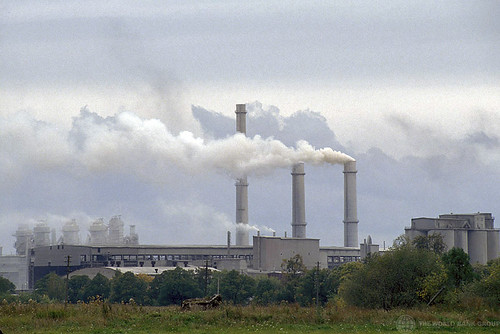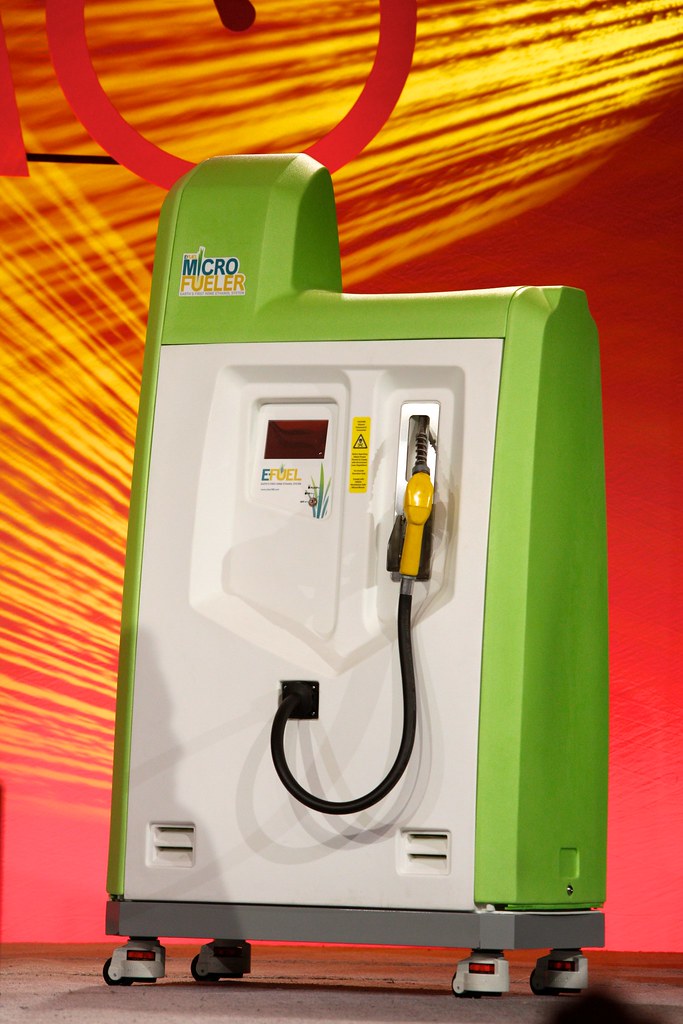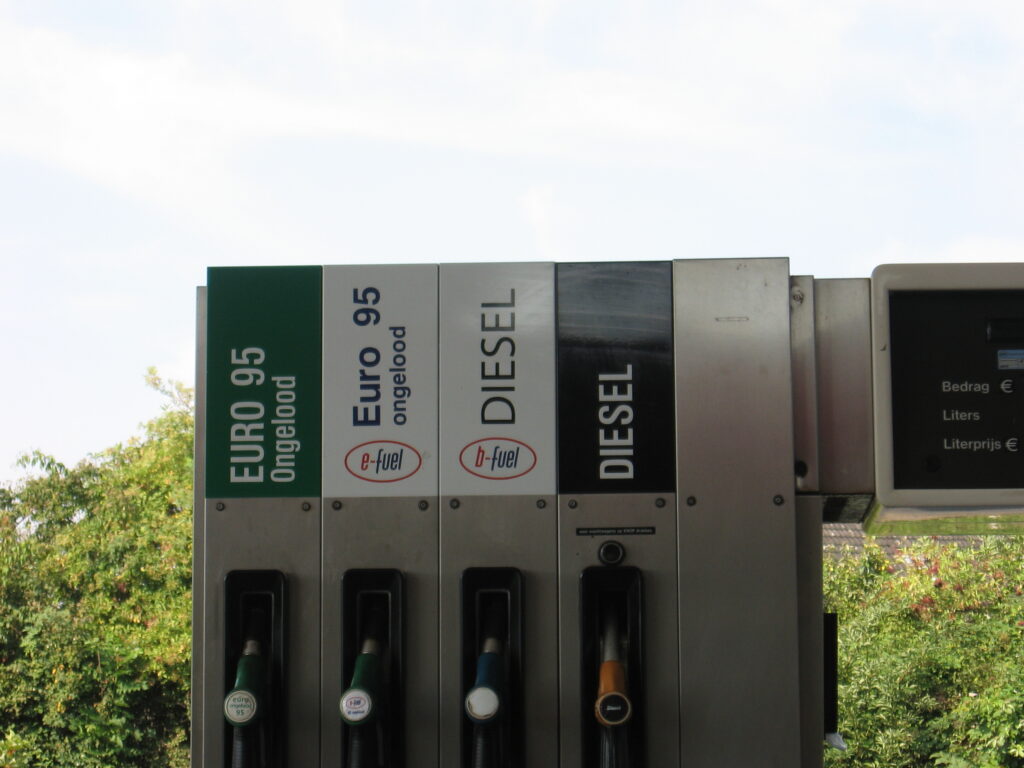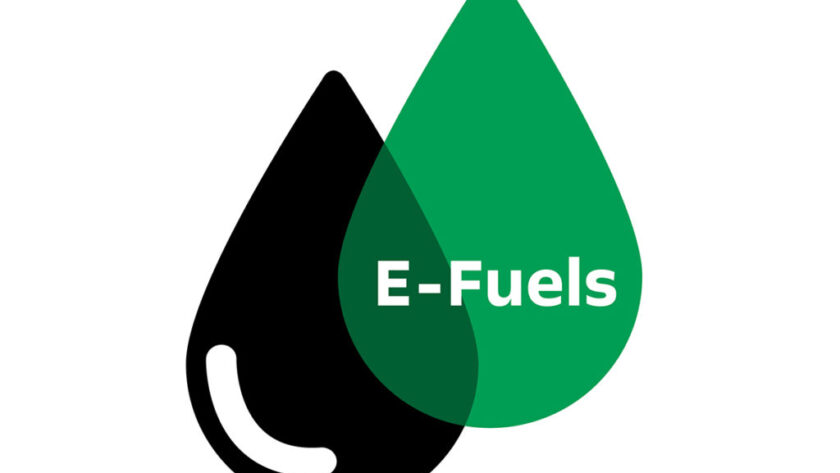E-fuels and green fuels are gaining momentum as alternative replacements for non-renewable energy sources. Soaring GHG emissions and the resultant climate change are the primary reason for the same.
Degrading nature from climate change-induced environmental issues is the world’s primary challenge. Climatic change from the rising atmospheric temperature leads to floods, drought, ozone layer depletion, ocean acidity, etc. Such man-made glitches craft serious economic, social and political tensions that will question human existence. Non-renewable energy is also a significant root of climate change. Production and usage of non-renewable energy resources like coal, petroleum, and diesel ultimately lead to the depletion of the natural environment. This article highlights the scope, significance and potential market for e-fuels as an alternative energy source.

Paris Agreement (COP 2021): A Lead to an Alternative Energy Source
Paris Agreement adopted by 196 nations at COP 21 held in Paris is an internationally binding legal treaty that aims at limiting global warming to well below 2⁰ Celsius, preferably to 1.5⁰ Celsius, equated to pre-industrial levels. To attain this temperature goal, each nation has to aim to lower greenhouse gas emissions as soon as possible to accomplish a climate-neutral universe.

Execution of this agreement requires social and economic transformation with the accessible best science. Through the agreement, the nations mainly aimed to increase the production and usage of renewable energy resources and reduce the present importance of non-renewable resources. By analyzing this, it is visible that they are indirectly leading to the roots of e-fuels.
What are E-Fuels?
Electro-fuels or e-fuels, also known as synthetic fuels, are hydrocarbon fuels manufactured using captured carbon dioxide or carbon monoxide together with hydrogen obtained from sustainable electricity. They are similar to petroleum-based fuels but can burn more cleanly and efficiently. It is an evolving class of carbon-neutral fuel that will drastically reduce the harmful emission associated with combustion engines. E-methane, e-kerosene, and e-methanol are some examples of e-fuels that can act as a completely climate-neutral energy source.

E-Fuels: A Substitute for Fossil Fuels
In this era of industrialization, the world’s major production, transportation, and industrial sectors are working on the roots of fossil fuels. As a result, carbon and methane are emitted into the atmosphere on a large scale. Amid such consequences, the world is discussing the importance and production of e-fuels, known under the scope of new energy sources.

It is notable that e-fuel has zero emission capacity to create pollution compared to the existing energy sources like crude oil. As a result of its worthful scope, it is vital to increase e-fuels’ usage to a more considerable extent. It has to be introduced in the larger spectrum of the world to reach the aims of challenging sustainable developmental goals. It can be used as an alternative energy source to cope with the limited fossil fuels. International organizations and agreements working against climatic challenges also highlight the dreadful need for e-fuels.
Scope of E-Fuels
The scope of e-fuels as a substitute for fossil fuels is mentioned below:
- Are abundantly and cheaply available when compared to fossil fuels.
- Do not require particular infrastructure like tank farms, pipelines, vehicle fleets, and filling stations like electric vehicles. Electric vehicles face the absence of the necessary infrastructure for charging batteries. This increases the scope of e-fuels compared to electric vehicles.
- Have comparatively more efficient energy resources than e-vehicles. E-vehicles can work for a limited time with a one-time charge, but e-fuel can act as efficiently as fossil fuels.

- Can burn more efficiently and cleanly compared to other petroleum-based fuels. It will increase its utilization.
- Help address renewable energy resource limits in compactly populated countries with less domestic energy potential. Such countries include Japan, Germany, and South Korea.
- Can also be traded globally by tapping into solar and wind potentials.
- The present use of lithium batteries in e-vehicles will pose a significant threat to the environment damaging the landscape via the emission of greenhouse gases. Thus, it is suitable to use e-fuels in vehicles that will zero emissions to the environment.

- E-fuel can be used in land, water, and air transportation systems. However, the newly invented lithium bases pose uses only the vehicles used for the regular transportation system.
- To combat the existing environmental problems, highly developed nations like the USA and European Union will contribute a more significant hand to producing e-fuels. Thus the scope of e-fuels will intensify to a greater amount.
- The use of e-fuels cannot be limited only to transportation facilities. Furthermore, extending its usage to the construction and industrial sectors is possible.
The Future E-Fuel Market
It is uncertain how the e-fuel market will reflect in the world economy in the coming years. The global e-fuel markets in the future may be subdivided based on their type, carbon source, conversion process, and the end user. Suppose its market is classified on the above basis. In that case, the global fuel markets can be divided into e-diesel, e-gasoline, e-kerosene, e-jet fuel, ammonia, hydrogen, methane, methanol, and others.
In terms of the conversion process, the global e-fuels market can be segregated into power-to-X(PtX), power-to-gas (PtG), and power-to-liquid (Ptl). Furthermore, the global e-fuels market can be categorized into non-biogenic origin, biomass-based, and direct air capture in terms of carbon sources. Based on end-user, the global e-fuel markets can be ordered into road transport, shipping, aviation, heating industry, and others.

It is crucial to comprehend how these divisions in the global markets of e-fuels can reflect in the various regions of the world economy. The global e-fuel markets can be split into the Middle East and Africa, North America, Asia-Pacific, Europe, and Latin America.
1. North America
North America is expected to dominate the global e-fuel market during the predicted period. According to the US Energy Information Administration, the nation’s total oil demand is expected to rise from 330,000 bpd to 20.92 million barrels in 2023. Thus it is believed that the use of alternative fuel, namely e-fuel, will rise during the predicted period in this region.
2. Asia-Pacific
Asia-Pacific is estimated to be a highly profitable region of the global e-fuels market during the estimated period. China, India, Australia, and Japan are the leading countries in terms of the consumption of liquid fuels around the world. Europe is the most crucial region of the world e-fuel market. The region has strict government rules and regulations concerning greenhouse gas emissions.

3. Europe, Middle East and Africa
Developing sustainable practices in the countries like Germany, Russia, Poland, and Turkey to protect the environment is anticipated to drive the e-fuels market in Europe in the next few years. In the case of the Middle East and African Region, the inherent sources of all fossil fuels, the coming years of e-fuel consumption and production might cause a threat to this region. Amid these concerns, we can expect that they will also welcome the initiative of e-fuels in their region as part of sustainability initiatives.
Conclusion
A decarbonized future will remain a dream as long as the world depends on oil and gas energy. Scientists are working on a number of alternative sources. Furthermore, even nations are gradually coming to the path of renewable energy sources for making the earth carbon neutral. Thus, to conclude, the introduction of e-fuels will be an advantage for enhancing the path to environmental sustainability.
You may also be interested in: GREEN FUELS: AN INNOVATIVE REPLACEMENT FOR FOSSIL FUELS
About the Author

Apart from being a talented football player and a hodophile, Unais is also an active social worker in Kerala. He is pursuing his master’s degree from Mahatma Gandhi University, Kottayam, in International Relations and Politics. From his political science background, he has a keen interest in areas like Migration and Refugee Studies, Gender Studies and World Politics.







[…] E-Fuels: A Sustainable Energy Source for the Future […]